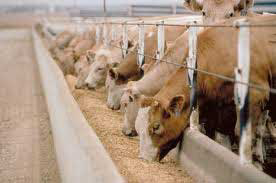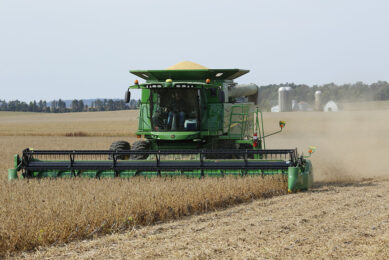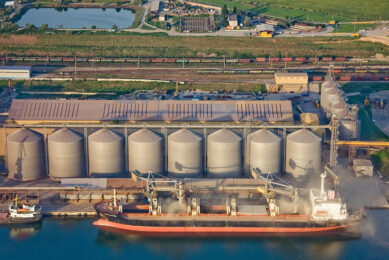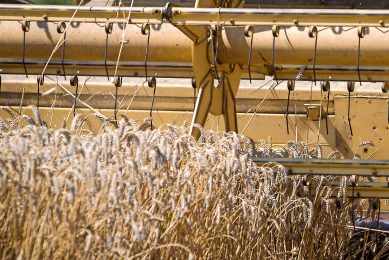US: High feed costs cut into cattle feedlot profits

The high costs for livestock feed will leave US cattle feedlots with ‘slightly negative margins’ according to agricultural economist, Michael Swanson, from Wells Fargo & Co.
According to a US government report the US herd, as of the 1st January 2013, was at its lowest in 61-years, following the worst drought since the 1930s. The loss in the Midwest corn output sent the price of the main feed ingredient to an all-time high in August, and cattle futures rose to a record in January.
“Economically, we use price to ration or to increase supply,” Swanson said in an interview after his presentation at a cattle-industry conference in Tampa, Florida. “Our supply is that much more constrained.”
The cost of wholesale and retail beef and cattle futures will extend rallies to records amid constrained supplies, Swanson said. Feedlots still have made “aggressive” bids for animals, squeezing margins, he said.
Cattle prices rose to a record $1.35175 a pound on the Chicago Mercantile Exchange on Jan. 11. In 2012, futures climbed 8.9%, the fourth straight increase.
Higher animal weights tempered the decline in the size of the herd, supporting beef production, Swanson said. Average steer weights were 1,503 pounds (682 kilograms) in the first two days of this week, up 1% from a year earlier, USDA data show.
It’s unclear whether meatpackers will allow weights to go up, Swanson said. Heavier animals yield more fat that can’t be sold, and high corn costs make raising beefier cattle less attractive, he said.
If corn prices “drop like a stone,” there will be “a swing to profitability,” Swanson said.
Wells Fargo, based in San Francisco, is the biggest U.S. agricultural lender.
Source: Bloomberg











